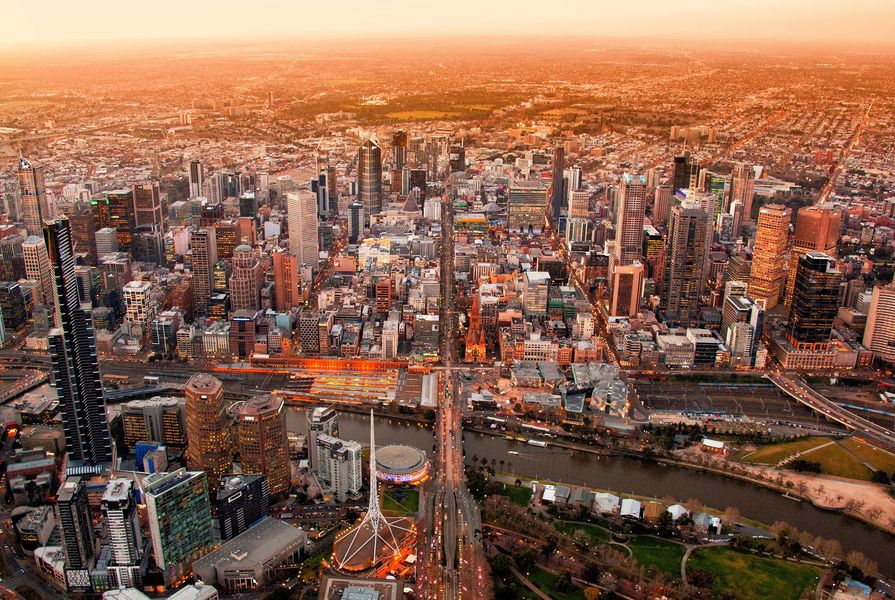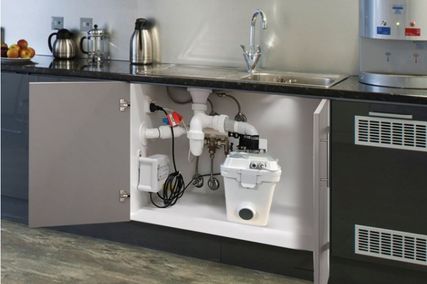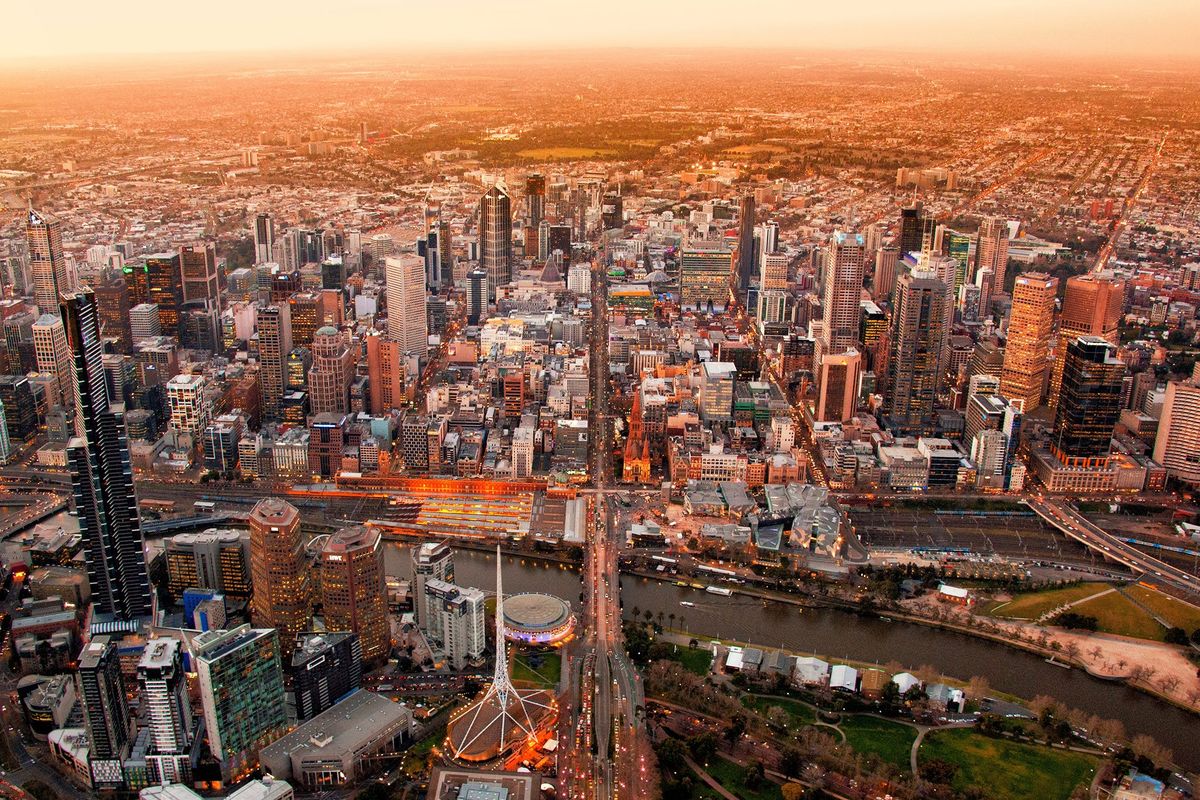Two discussion papers published by the City of Melbourne as part of public consultation over its Transport Strategy moot the idea of removing cars from parts of the increasingly busy Melbourne CBD.
The papers are two of eight that will be released as part of the city’s consultation with the public on the future form of the strategy, which covers a 30-year period to 2050. The population of the central city is projected to swell to 1.4 million by 2036, from today’s 911,000.
“A disproportionate amount of space is allocated for private vehicles in the central city, relative to the transport role these vehicles serve,” reads a paper on the use of space in the city.
The paper says that 53 percent of all street space within the Hoddle Grid is occupied by roads, space shared with cars, private lanes or on-road bike lanes, while five percent of open street space is used for car parking.
Conversely, the 2016 Victorian Integrated Survey of Travel and Activity (VISTA) identified only 22 percent of weekday trips to, from or within the Grid as being made by road, as opposed to trips made on foot or by bike or tram, which comprised 76 percent of the total.
“We can’t create more space to separate modes everywhere,” the paper notes.
Supplied as case studies are the cities of Oslo in Norway and Barcelona in Spain, which have both reduced the presence of cars in the central city, albeit in different ways.
The municipal government in the Norwegian capital has identified a section of the central city that will be made car-free by 2019. Access for motor vehicles serving critical functions, including the transportation of people with disabilities, will be permitted, but access to the centre of the city will be mostly limited to public transport, cycling and walking.
The Catalonian capital of Barcelona, which possesses a uniform street grid on a much larger scale than Melbourne’s Hoddle Grid, reorganized the Eixample district of the city into “superblocks,” which mostly removed traffic to the periphery of groups of nine city blocks. While vehicles serving local traffic are permitted into the superilles, they are limited to speeds of 10 kilometres per hour.
Among the suggestions proposed for Melbourne is that the city apply “the Barcelona ‘superblocks’ model to sections of the Hoddle grid, with 10 kilometre-per-hour shared spaces for walking, cycling, deliveries and residential access on Flinders Lane and Little Collins Street.”
The second discussion paper, on walking, notes that pedestrian overcrowding in the city will only become worse in the future. It also suggests that streets should become car-free, as is the case on the Bourke Street Mall, and that, as a general principle, pedestrians should be prioritized over cars.
For more information, go here.
















